RESEARCH LINES
Study of Floral Biodiversity in Vineyards and Natural Areas
Objetive
To identify the herbaceous and shrubby species found in our vineyards

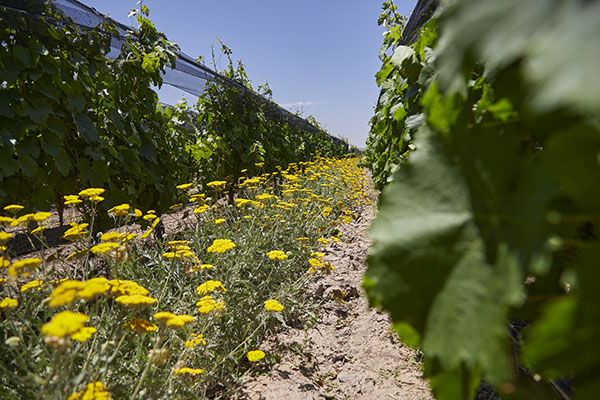
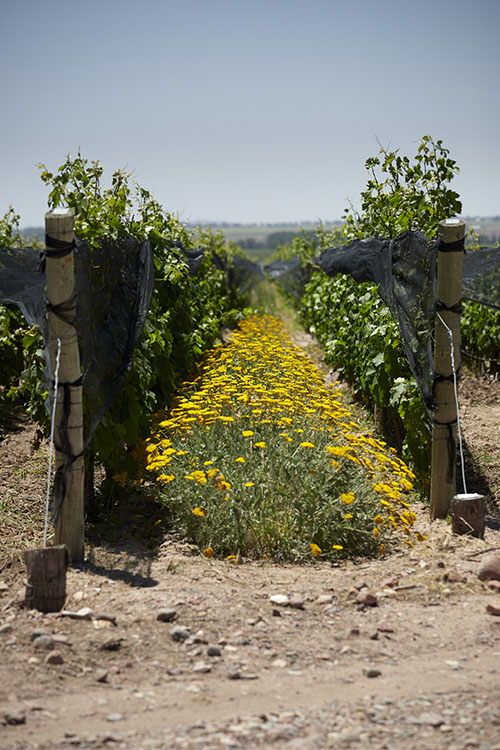
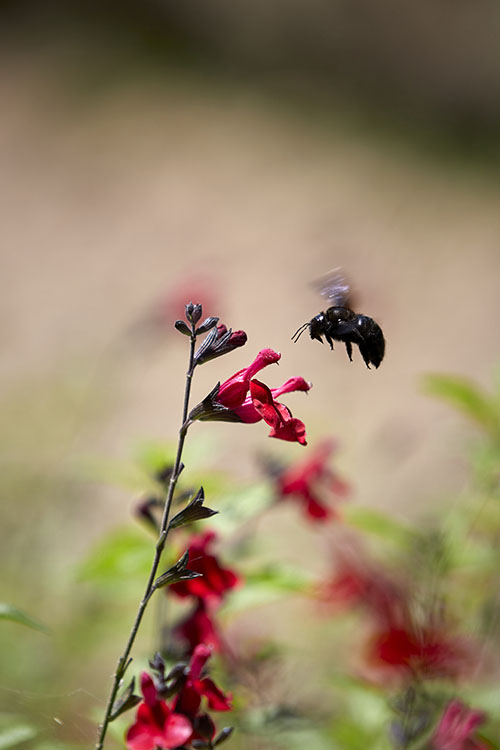
Results
Identify the species of spontaneous vegetation in the vineyards at different times of the year.
To know their nutritional value.
Protect native species to the site
Analysis of its composition and contribution of organic matter to the soil.
Collaboration with IADIZA-CONICET.
Download Material (Spanish)Getting to Know the Ants
Objetive
To control the cutter ants in a sustainable way

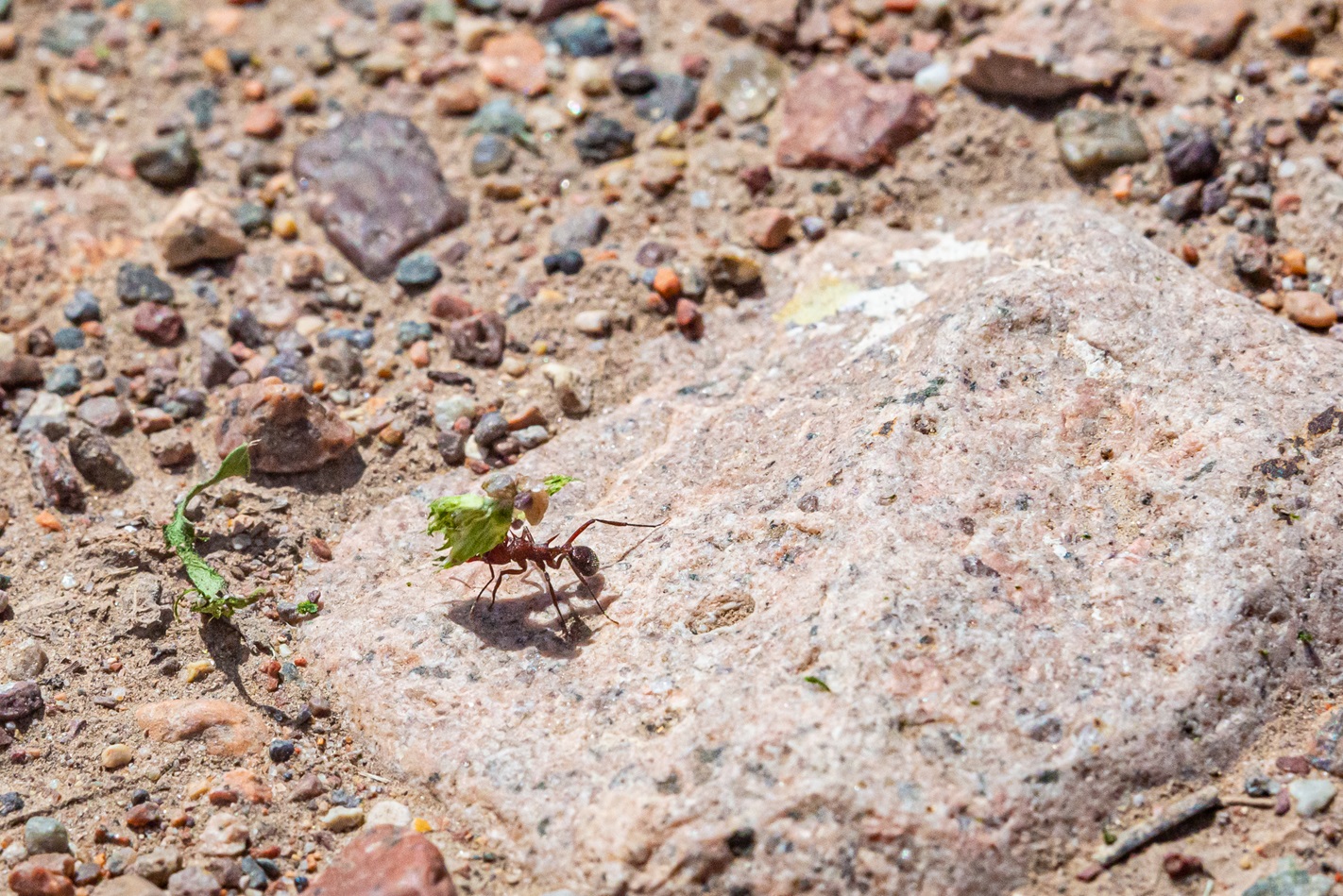
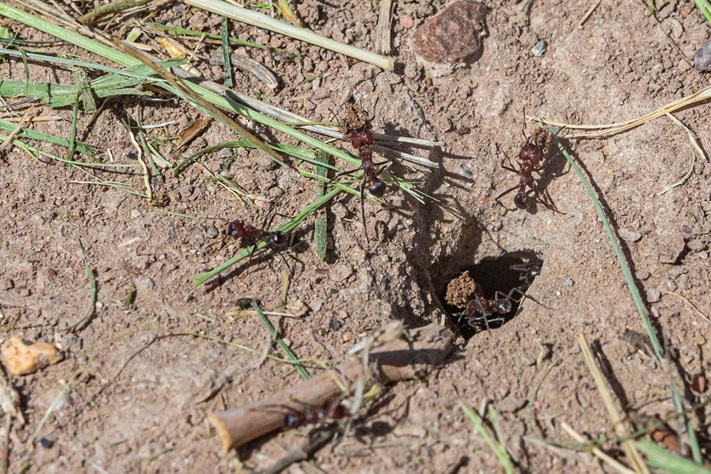
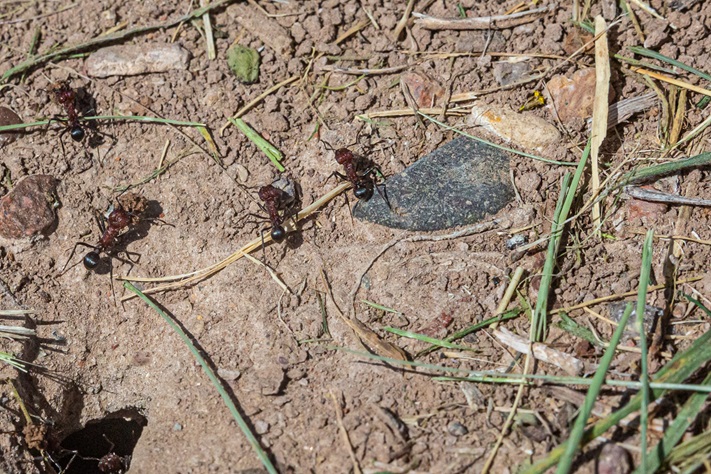
Results
Study of the two species of leafcutter ants in Mendoza.
Analysis of their diet and behaviour during the vine's vegetative cycle.
Implementation of biological control strategies necessary to increase the permanence and continuity of organic viticulture
Collaboration with INTA Luján de Cuyo
Download Material (Spanish)Control of Lobesia Botrana With Pheromones
Objetive
To control the grapevine moth in a sustainable way.
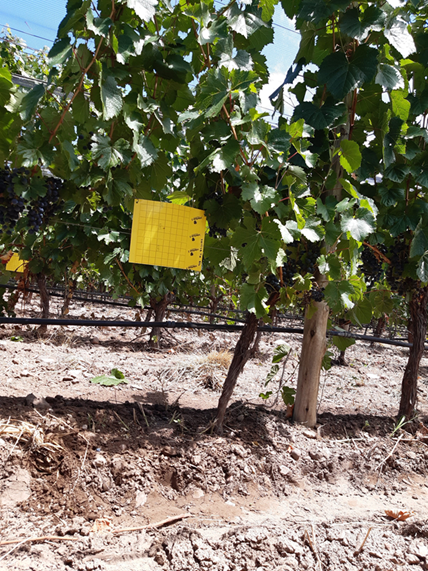

Results
Testing of an innovative product for the control of Lobesia botrana.
Use of the Sexual Confusion Technique with pheromones.
Collaboration: Agricheck – Sexual Confussion
Download Material (Spanish)Control de lobesia botrana con murciélagos
Objetive
Diseñar una estrategia integral para el control biológico de la polilla de la vid (Lobesia botrana) a través de técnicas de manejo de hábitat que favorezcan el establecimiento de poblaciones de murciélagos artropodófagos en los campos de cultivos de vid de la provincia de Mendoza.
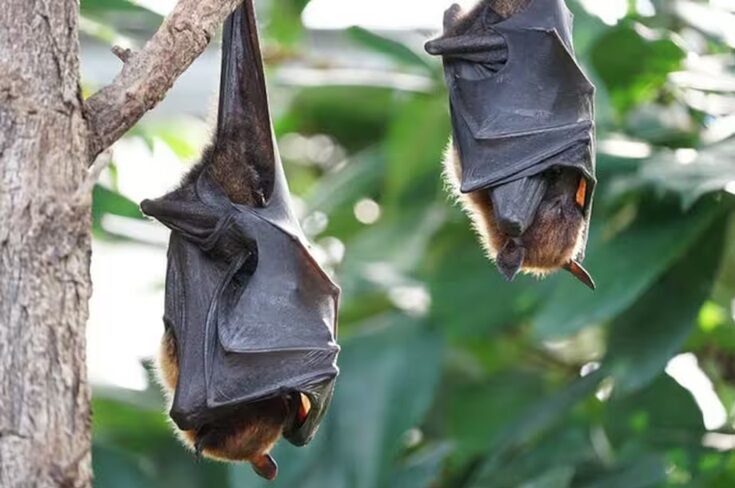
Results
Aún en proceso de desarrollo.
Colaboración con Investigadores del Grupo de Estudios de Sistemas Ecológicos en Ambientes Agrícolas (GESEAA). Departamento. Ecología, Genética y Evolución - Facultad de Ciencias Exactas y Naturales - Universidad de Buenos Aires. Facultad de Ciencias Agrarias y Veterinarias - Universidad del Salvador.
Download Material (Spanish)Prospecting and evaluating Lobesia botrana parasitoids in the inter-row area.
Objetive
To evaluate how inter-row vegetation management affects the biological control of lepidopteran eggs by parasitoids of the family Trichogrammatidae in vineyards.


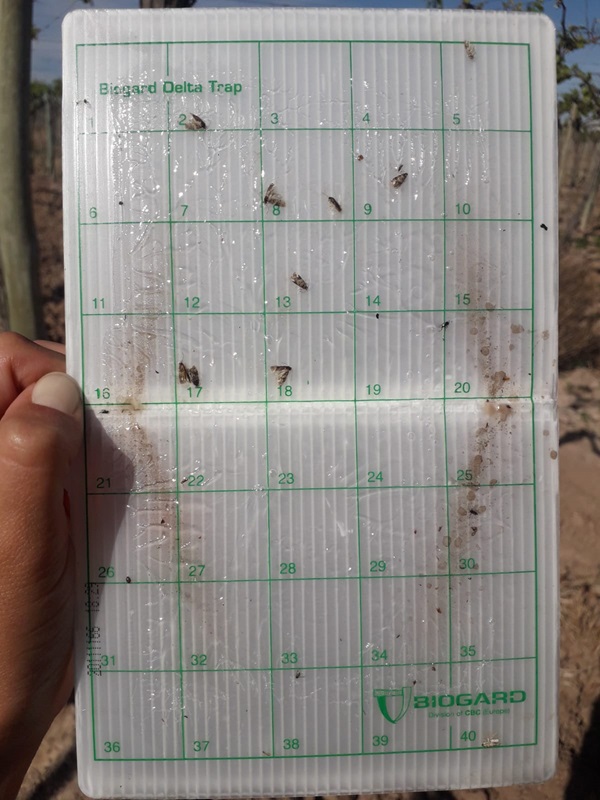
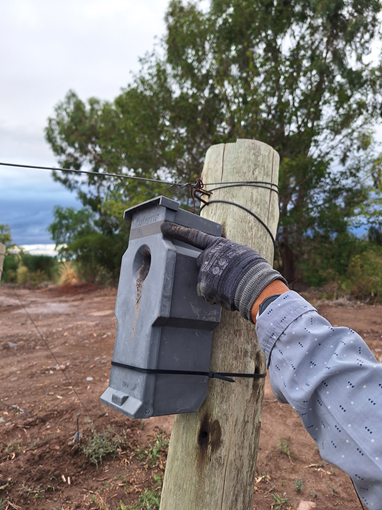
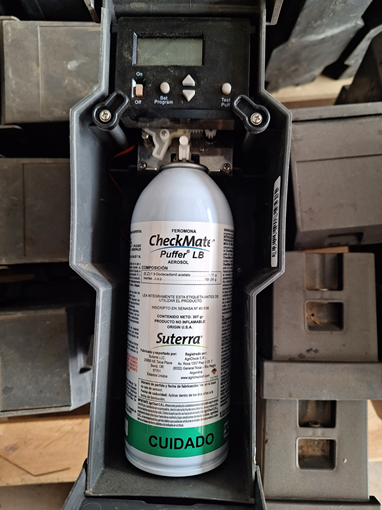
Results
Controlling grapevine moth in a sustainable manner
Biological control of lobesia-INTA
Download Material (Spanish)Biological Corridor: Identification of Mammals in Vineyards and Natural Areas
Objetive
To know the mammals found within our vineyards
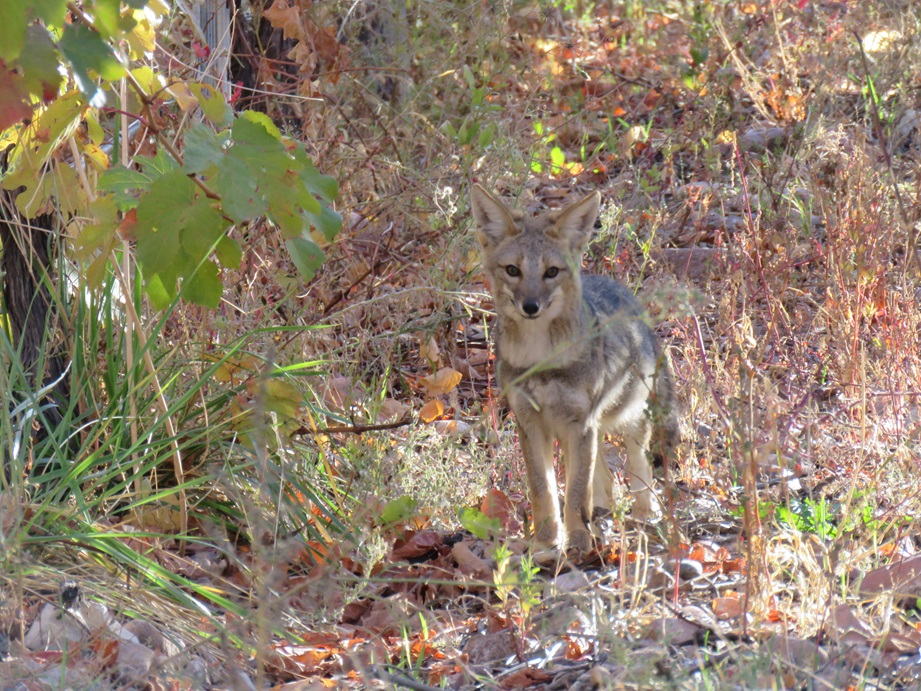



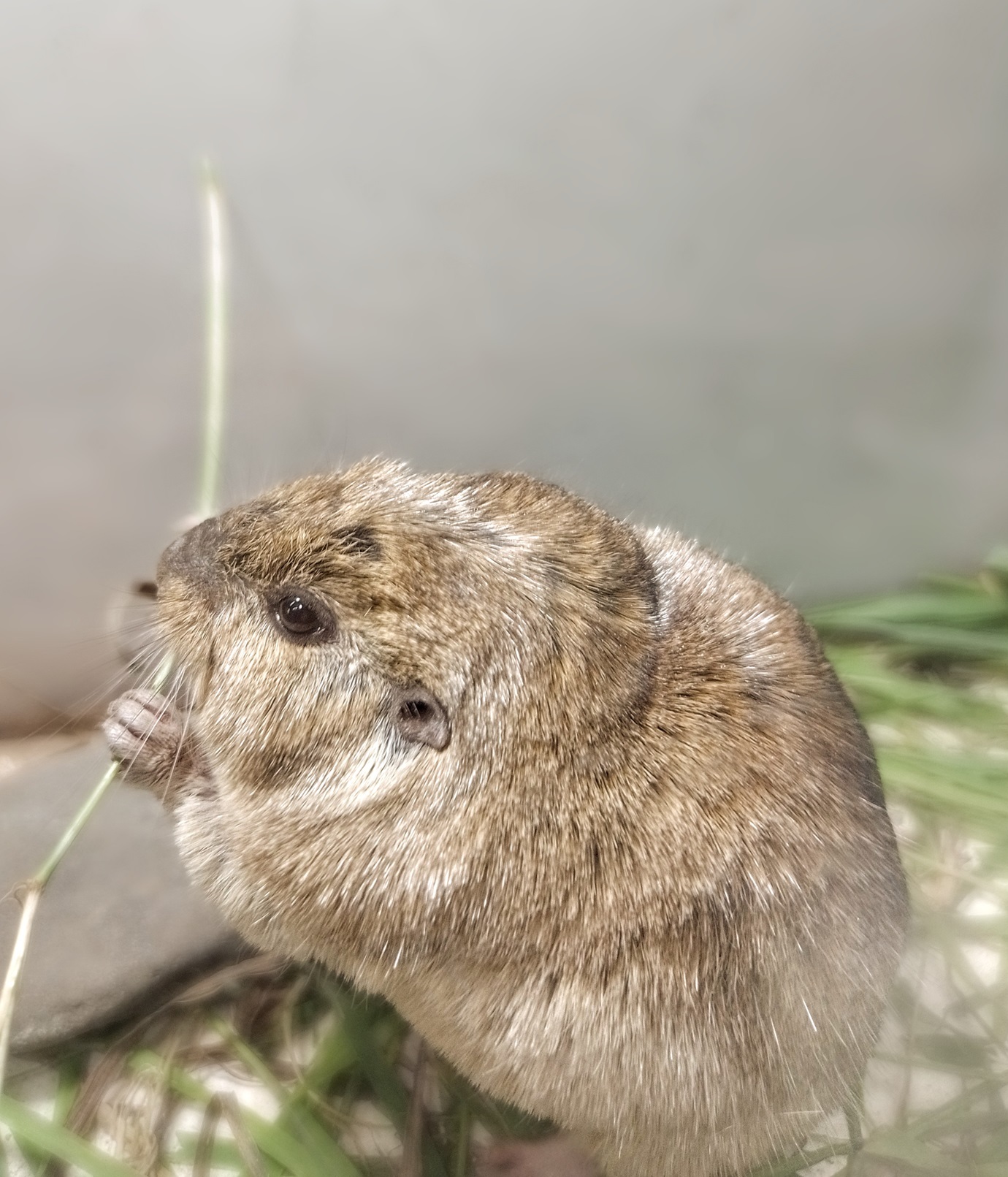
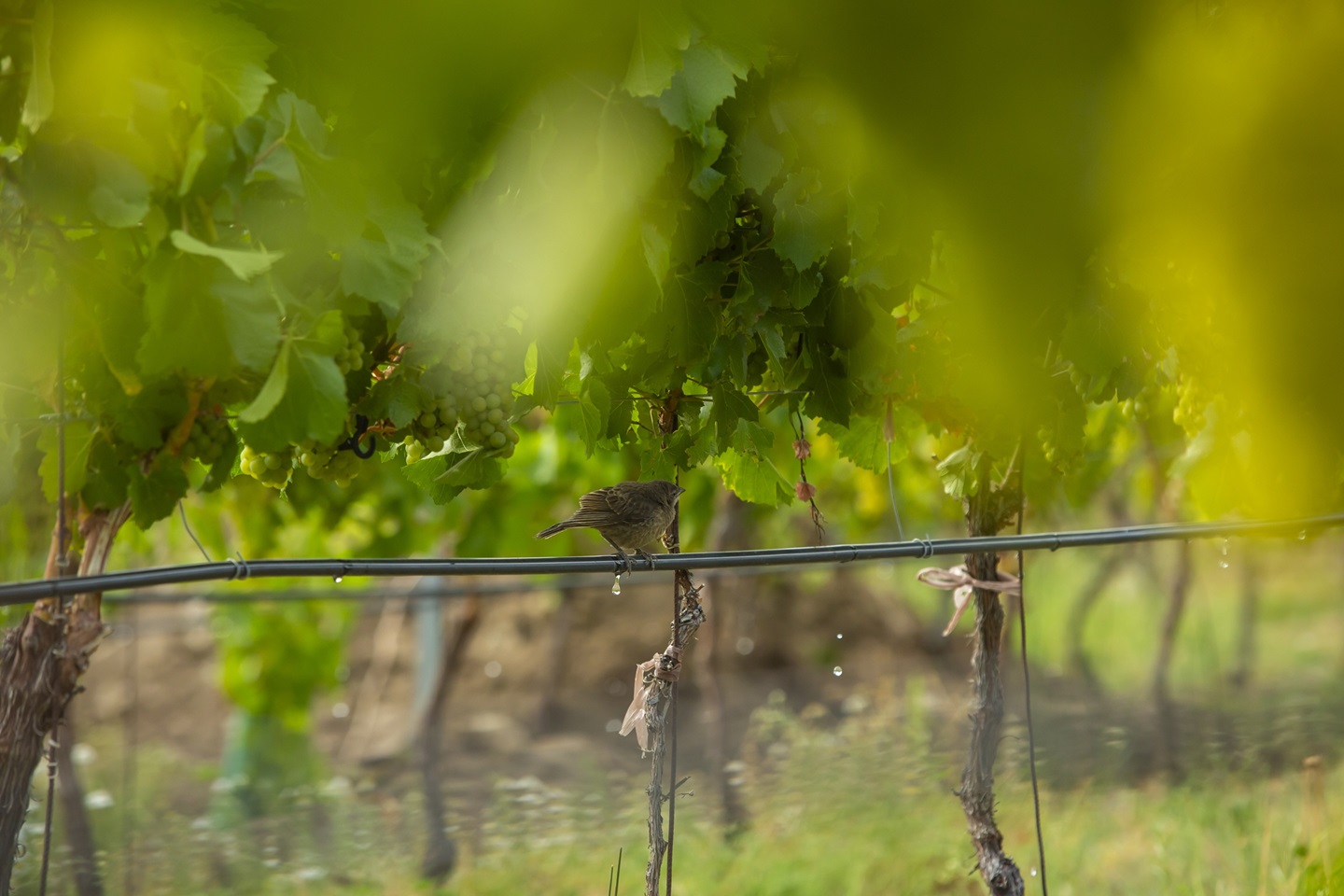
Results
Identification of mammal species, providing shelter by creating biological corridors within our vineyard
Protect native species to the site
Strengthen the plant species on which they feed
Collaboration with IADIZA-CONICET.
Researchers from the LFTIE (an institute within CONICET):
[email protected], [email protected],
[email protected], [email protected],
[email protected], [email protected]
Costras Biológicas
Objetive
Las costras biológicas del suelo constituyen comunidades formadas por la íntima asociación entre algas, hongos, líquenes, cianobacterias y musgos que colonizan las superficies edáficas (los primeros 5cm) en hábitats áridos y semiáridos. Las costras biológicas del suelo, en su carácter de comunidades microbianas, desempeñan un papel esencial en la estructura y función de los ecosistemas áridos y semiáridos. Su influencia en procesos clave, desde la captura de carbono hasta la regulación hídrica y la facilitación de la vegetación, subraya su relevancia ecológica y su vulnerabilidad frente a perturbaciones. La comprensión integral de estas costras es fundamental para guiar estrategias de manejo y conservación en regiones áridas y semiáridas.
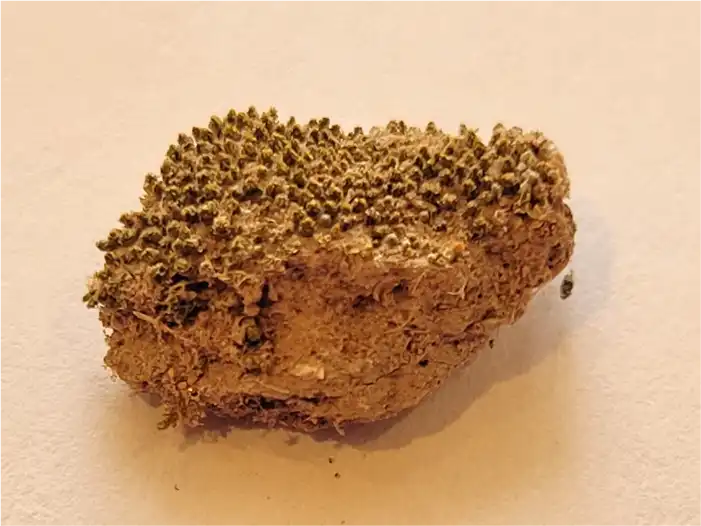
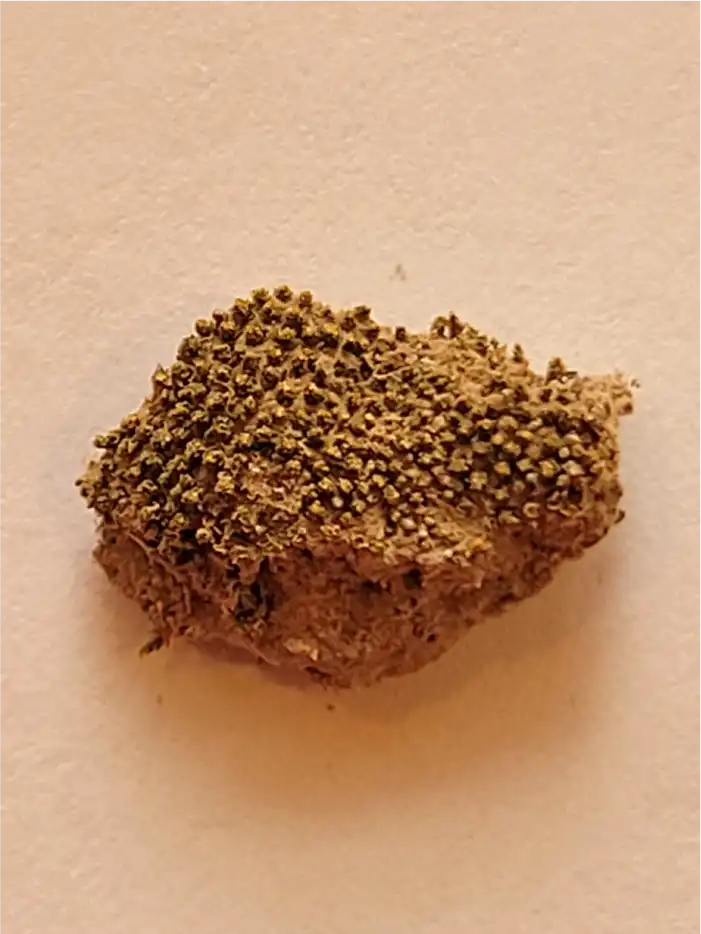
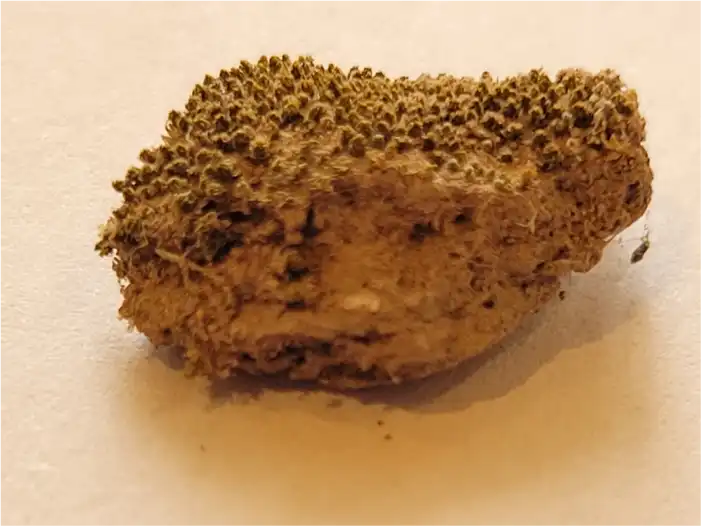
Results
En las áreas naturales, si bien la cobertura de costras biológicas fue muy baja, cercana al 5%, se identificaron 7 componentes distintos formadores de costras biológicas del suelo. De los 7 componentes identificados 5 corresponden al grupo de líquenes y dos al de musgos. Ver más en el material adjunto.
Colaboración con IADIZA, PROBIEN
Download Material (Spanish)Arthropod Diversity in Different Types of Soil Management
Objetive
Influence of different interphylum cover vegetation management on natural enemies (biodiversity of beneficial arthropods). To know the impact of the interphylum management on the biodiversity of atropods.
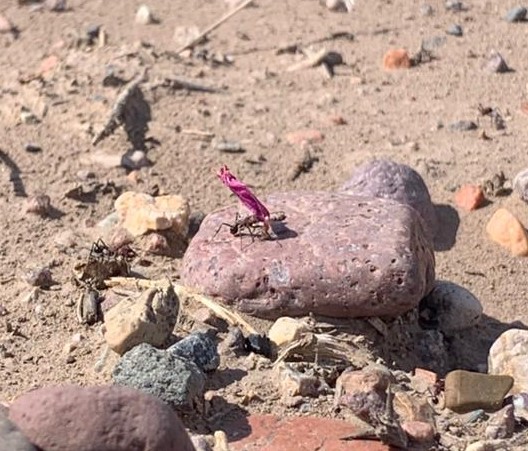
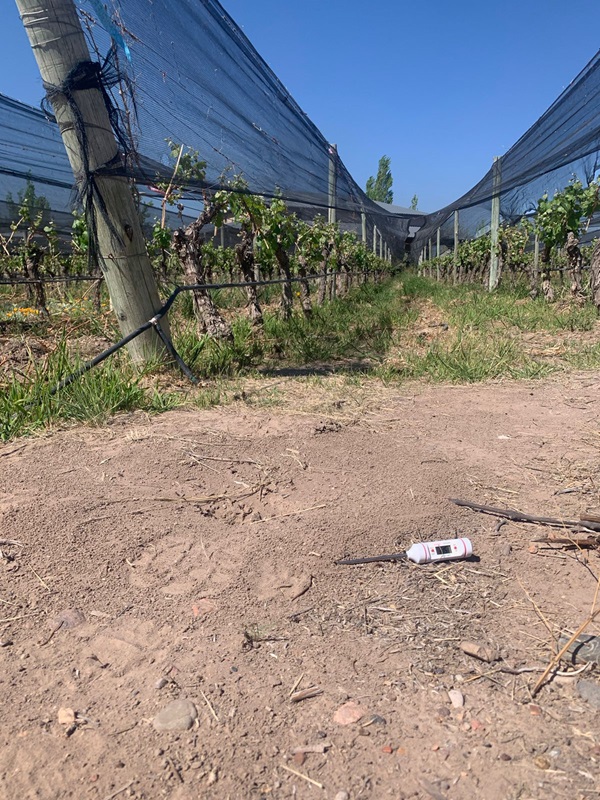

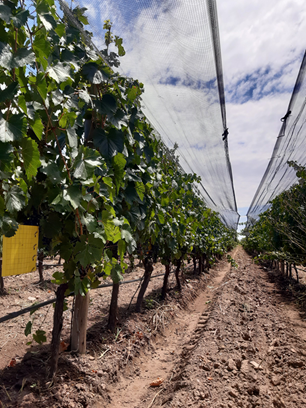
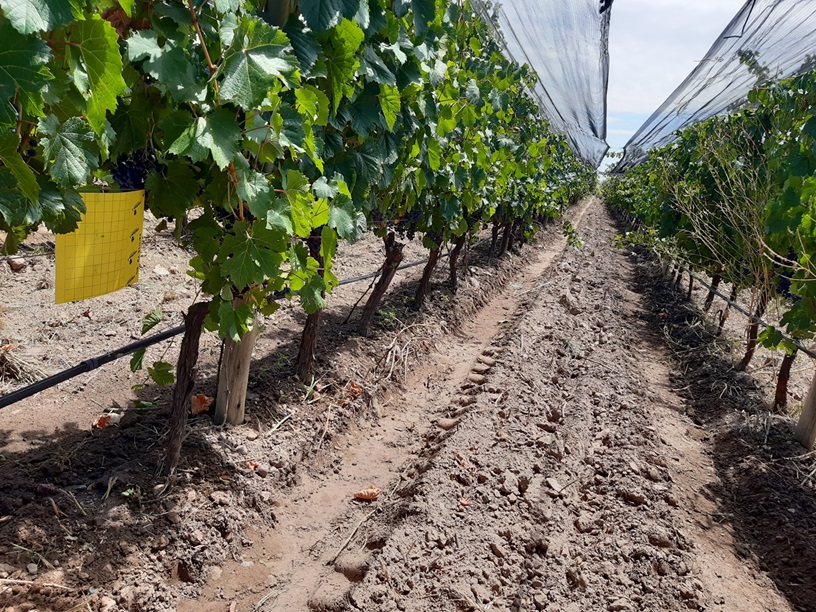
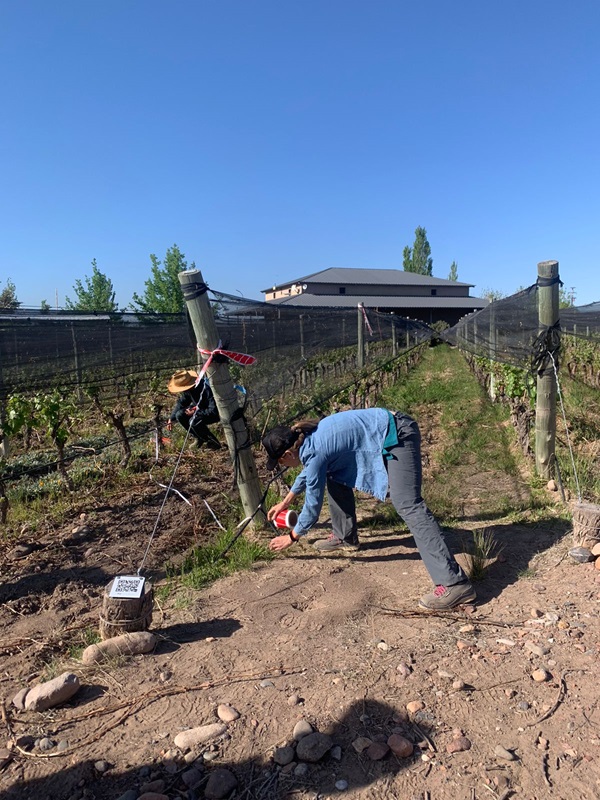
Results
Soil management has an impact on the population and diversity of arthropods.
Collaboration with INTA Luján de Cuyo
Download Material (Spanish)Diversity of Arthropods in Floral Bands
Objetive
To know the biodiversity of arthropods that are attracted to floral bands
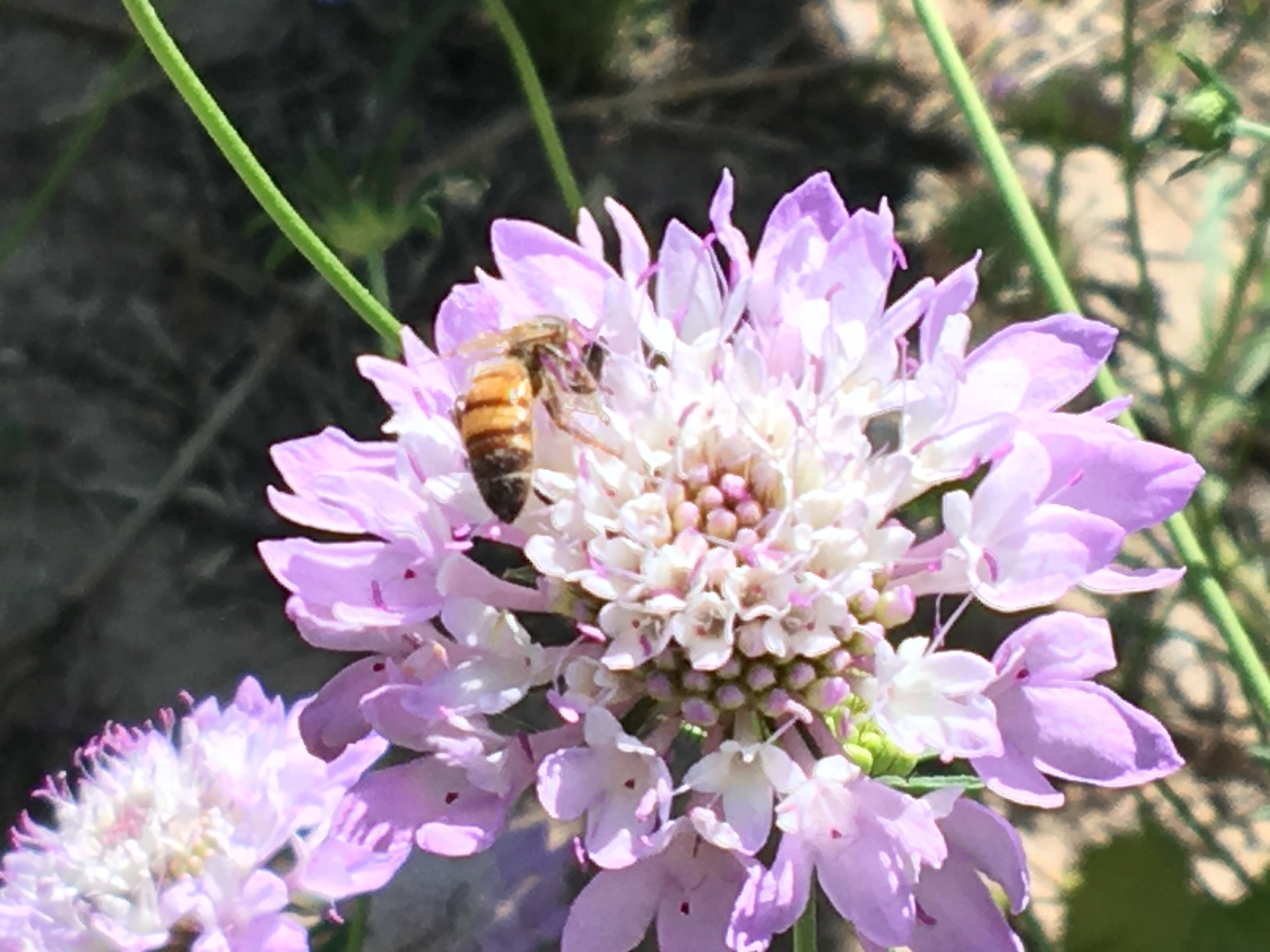
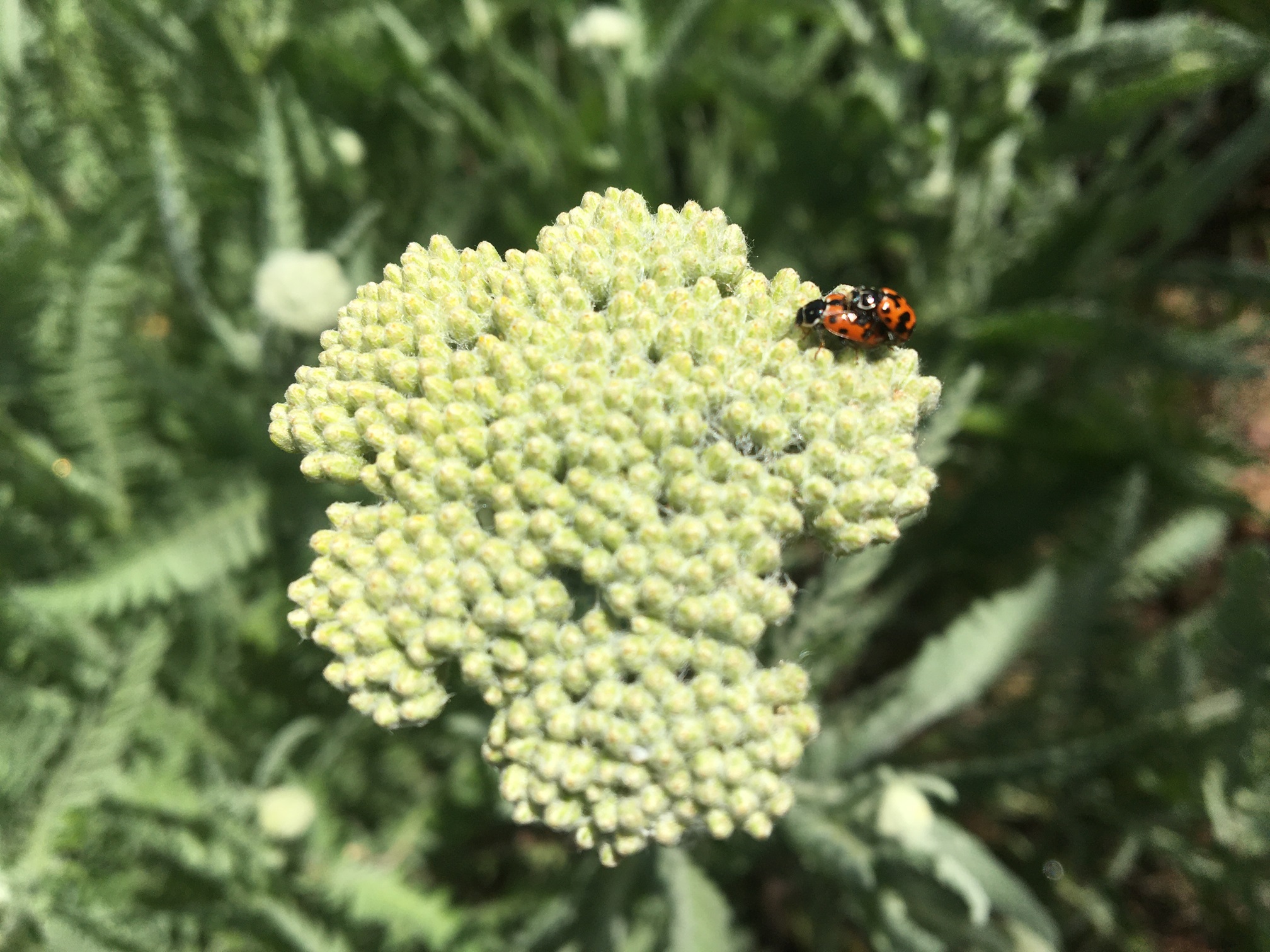
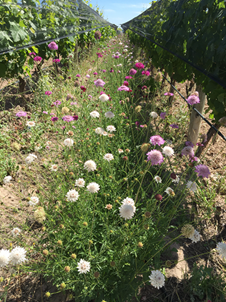
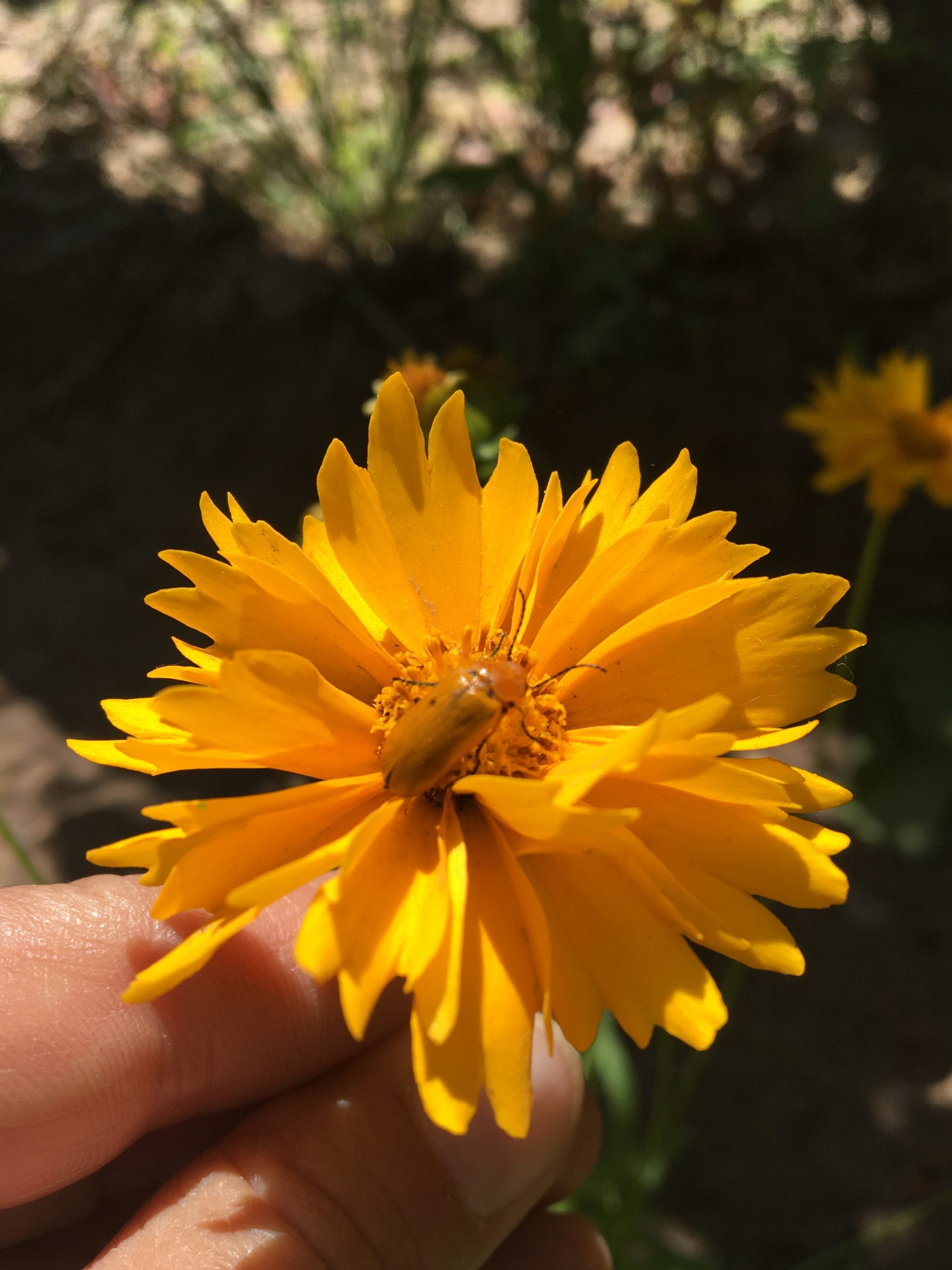
Results
The richness and abundance of arthropods was determined in the main species that make up the Flores plot or experimental plot.
It was possible to classify the floral species according to the Shannon Wiener index.
The ecosystem service of the main species was known.
Collaboration with INTA Luján de Cuyo
Download Material (Spanish)
Study for Biological Control of Ants
Objetive
The objective is to test and evaluate different techniques-products (authorized for organic use) for the control of the two species of cutter ants that affect the vine. From the use of microorganisms in different presentations, push-pull techniques, expanding the diet of the herbs they prefer and reducing the damage caused to the vine plants.
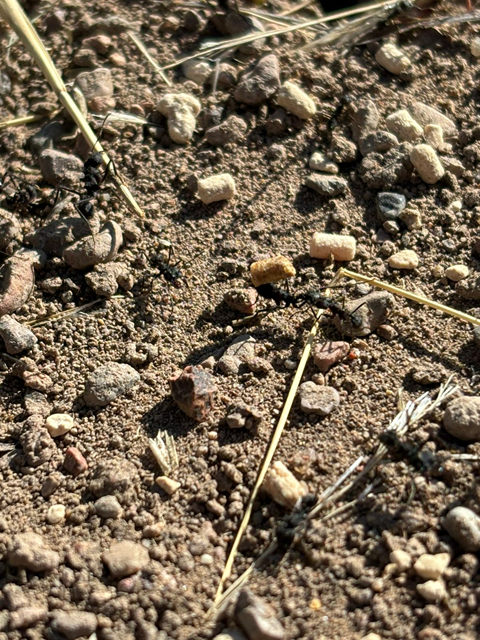


Results
Reduce the damage caused by cutting insects on the vine.
